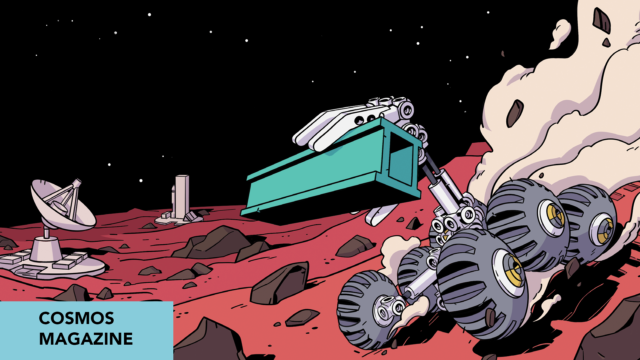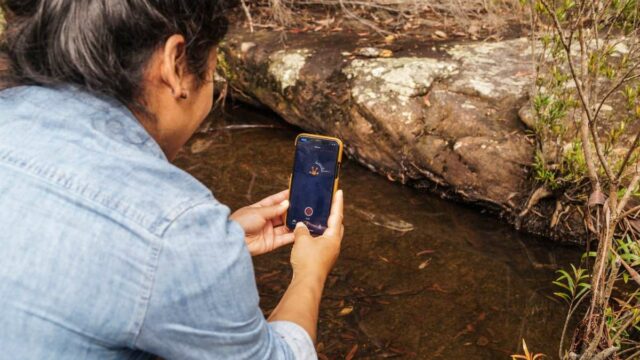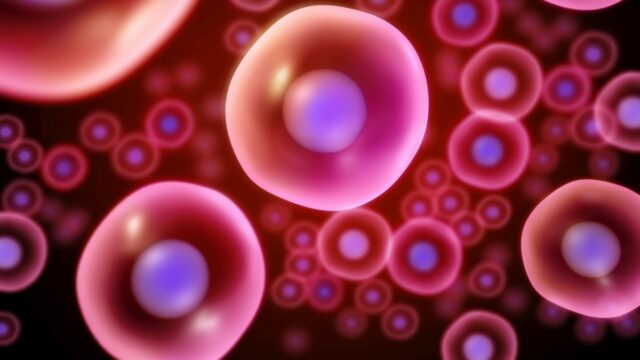Topics:
Chemical Sciences – Mixtures and Separations, Chemical Reactions
Earth and Space Sciences – The Solar System, Renewable/Non-Renewable Resources, The Changing Earth
Physical Sciences – Forces, Energy
Additional: Careers, Maths, Technology, Engineering
Concepts (South Australia):
Chemical Sciences – Properties of Matter, Change of Matter
Earth and Space Sciences – The Earth’s Surface, Earth in Space
Physical Sciences – Forces and Motion, Energy
Years: 7, 8, 9, 10
Word Count / Video Length: 942 / 4:21 mins
After more than half a century of heavy, dirty and complex fuels taking us to space, there’s been a shift thanks to the new titans of spaceflight. This stimulating article and video would work alongside Chemical, Physical and Earth and Space Sciences for years 7, 8, 9, and 10.
This could be used alongside a second education resource on natural gas fuels that can be found here.
Login or Sign up for FREE to download a copy of the full teacher resource





